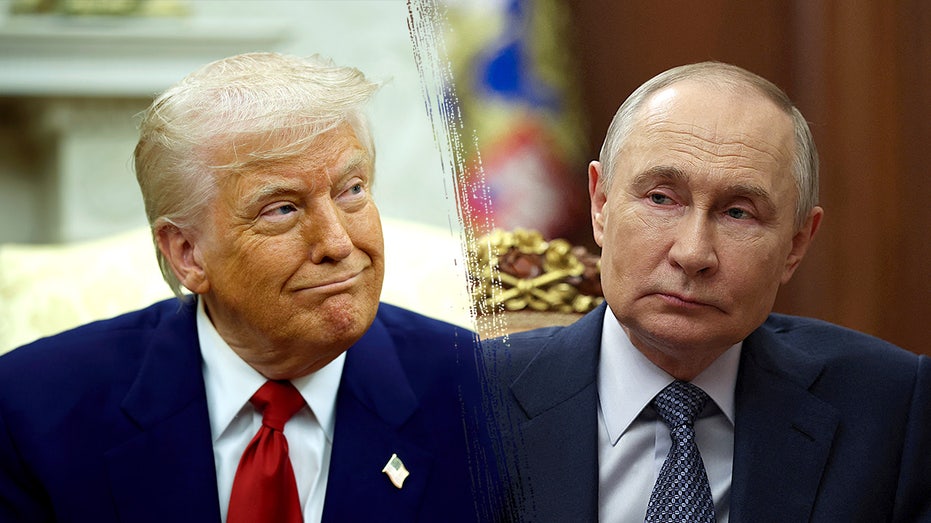The recent meeting between President Trump and Saudi Crown Prince Mohammed bin Salman wasn't simply a restoration of ties; it was a pivotal moment signaling a dramatic shift in the geopolitical landscape of the Middle East. The region is in flux, caught in the intensifying competition between global powers, and the stakes have never been higher.
This visit marked the Crown Prince’s return to the White House after years of strained relations, shadowed by the controversy surrounding the death of journalist Jamal Khashoggi. Despite this, the underlying strategic importance of the U.S.-Saudi partnership endured, driven by shared interests that transcend political turbulence.
The nature of that partnership, however, has fundamentally changed. Oil is no longer the primary driver. Today, the alliance centers on containing Iran’s influence, countering China’s growing regional ambitions, and forging new ground in defense, cyber security, and energy innovation.
Discussions centered on a sweeping agenda, encompassing enhanced defense cooperation, groundbreaking collaboration in artificial intelligence, and the potential for a U.S.-Saudi civilian nuclear framework. A key outcome was the finalized agreement for the transfer of F-35 stealth fighters to Saudi Arabia, a move signaling renewed trust and a significant boost to the kingdom’s military capabilities.
Saudi Arabia is actively positioning itself as a force for stability, aligning with Western interests by working to counter Iranian aggression, moderate regional conflicts, and drive economic modernization through its ambitious Vision 2030 plan. Yet, Iran continues to fuel instability through support for proxy forces and its accelerating nuclear program.
The meeting also addressed the possibility of Saudi Arabia joining the Abraham Accords, normalizing relations with Israel. While no immediate breakthrough occurred, both sides acknowledged progress and a potential path forward, contingent on tangible steps toward a Palestinian state.
Beyond the headlines, the meeting yielded concrete results: a major investment commitment from Saudi Arabia in U.S.-based AI infrastructure and critical mineral supply chains, and advancement toward a civil nuclear cooperation framework. These developments represent a significant repositioning of both nations on the world stage.
This isn’t simply about geography or energy resources anymore. The new global competition is defined by technological dominance and military modernization. Failing to secure Saudi Arabia as a key partner risks allowing China, Russia, and Iran to gain a decisive foothold in the region.
The path forward requires a durable, long-term framework solidifying defense and technology commitments. Continued, gradual engagement between Saudi Arabia and Israel is also crucial for regional stability. Increased coordination on countering Iran, through intelligence sharing and integrated deterrence, is paramount.
Ultimately, last week’s meeting was a strategic crossroads. The United States now needs Saudi Arabia not just as a defense partner, but as a co-architect of a stable, modern, and strategically aligned Middle East. The future of the region, and America’s influence within it, may well depend on the outcome.
Whether this meeting marks a genuine turning point or fades into unrealized potential will determine if the United States can regain momentum in a region undergoing a rapid and profound realignment.






